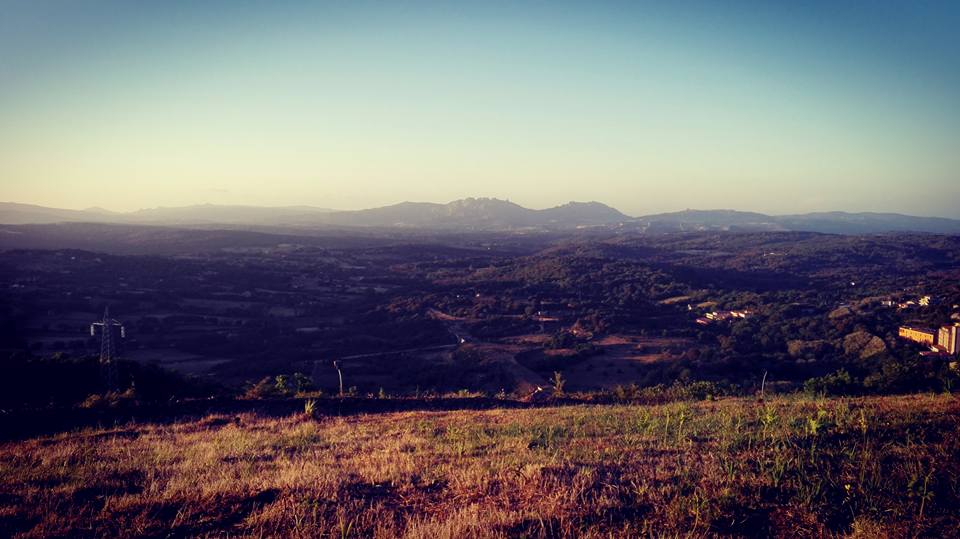When it comes to Sardinia, you better consider wind as part of your travel package.There is no island without the wind that characterizes it, and may our island’s wind trace the path that will lead you to truly discover the essence of our land. Not only sea: also long walks in the woods, medieval historic centers, museums and open-air archaeology sites will leave you amazed. Our advice is the same as Bob Dylan’s: let the wind guide you and you will find the answers.
The other side of Sardinia is as brave as the sea, but its ocean is green, and it fits into the breath of nature that surrounds history and its memorable stories. The hinterland of Gallura preserves characteristic villages and archaeological itineraries surrounded by nature. Go up from the coast and dive into Northern Sardinia with:
- Luras: The small town of Luras is located within the oldest Gallura, where you can discover ancient traditions trough the Galluras Ethnographic Museum. It hosts the small and fascinating Museum of the Femina Agabbadora. In the countryside around Luras cannot miss a visit to the dolmens and the Olivastri Millenari.
- Tempio Pausania: the medieval granite town surrounded by the Limbara forests and mountains. It offers very old and richly decorated Churches and St. Peter’s Cathedral, a historic center made entirely of granite stone. Piazza Faber, standing out in the center, is a work of the architect Renzo Piano dedicated to the famous italian songriter Fabrizio de André. It shows an art installation of colorful sails opening up to the sky. In the same square you’ll find Spazio Faber, the town’s cultural art space with unpublished photos of the life in Sardinia of Fabrizio de Andrè. You cannot miss a visit to the Rinaggiu Sources where cool, light water flows, surrounded by the forests and chestnut groves of Curraggia. The museums: the Bernardo De Muro Museum will offer you the chance to learn about one of the most famous tenors of the 20th century, born and raised in Tempio but internationally renowned; the Sassari Brigata Museum dedicated to the birth of the Sassari Brigata that fought in World War I and World War II: historical reconstructions, stereoscopic photos, and war ordnance will make you relive the intense and difficult emotions of war. All with free entrance. Finally, you cannot miss a visit to the very close Nuraghe Majori, one of the most important nuraghe of Gallura, well preserved and with the possibility of a guided tour.
- Luogosanto: a small village on road 133 to Palau that can offer evocative beauty. Luogosanto can be discovered through its churches, the Baldu Palace, the Balajana Castle, the hermitage of San Trano, and the Church of San Leonardo, all spread in isolated and particular panoramic points. And if you would like to devote some time to nature and sport, Luogosanto offers the Bouldering Park, within the nuragic complex of Monti Casteddu.
- Calangianus: About five minutes from Tempio Pausania, you’ll find the small village of Calangianus. It used to be the only place for cork processing, and now it still has factories and small artisans and producers. A strong point of the Sardinian economy, today cork has become the strongest point of attraction. You can visit the Cork Museum, to have some insights on the history and evolution of cork’s product.
- Aggius: one of the most typical and well cared villages of Gallura, built under the mountains of Resegone where shepherds sheltered their goats from the wind. Here you’ll find the Ethnographic Museum of Sardinia (MEOC), which shows all the traditions of Aggius (from the weaving of wool to the traditional music that you can listen to directly on site). In Aggius there are also textile workshops, which delve into and explain the art of Sardinian weaving to tourists Unmissable, however, is the magical walk through the Valley of the Moon with the Nuraghe Izzana waiting for you at the end of the trail.


